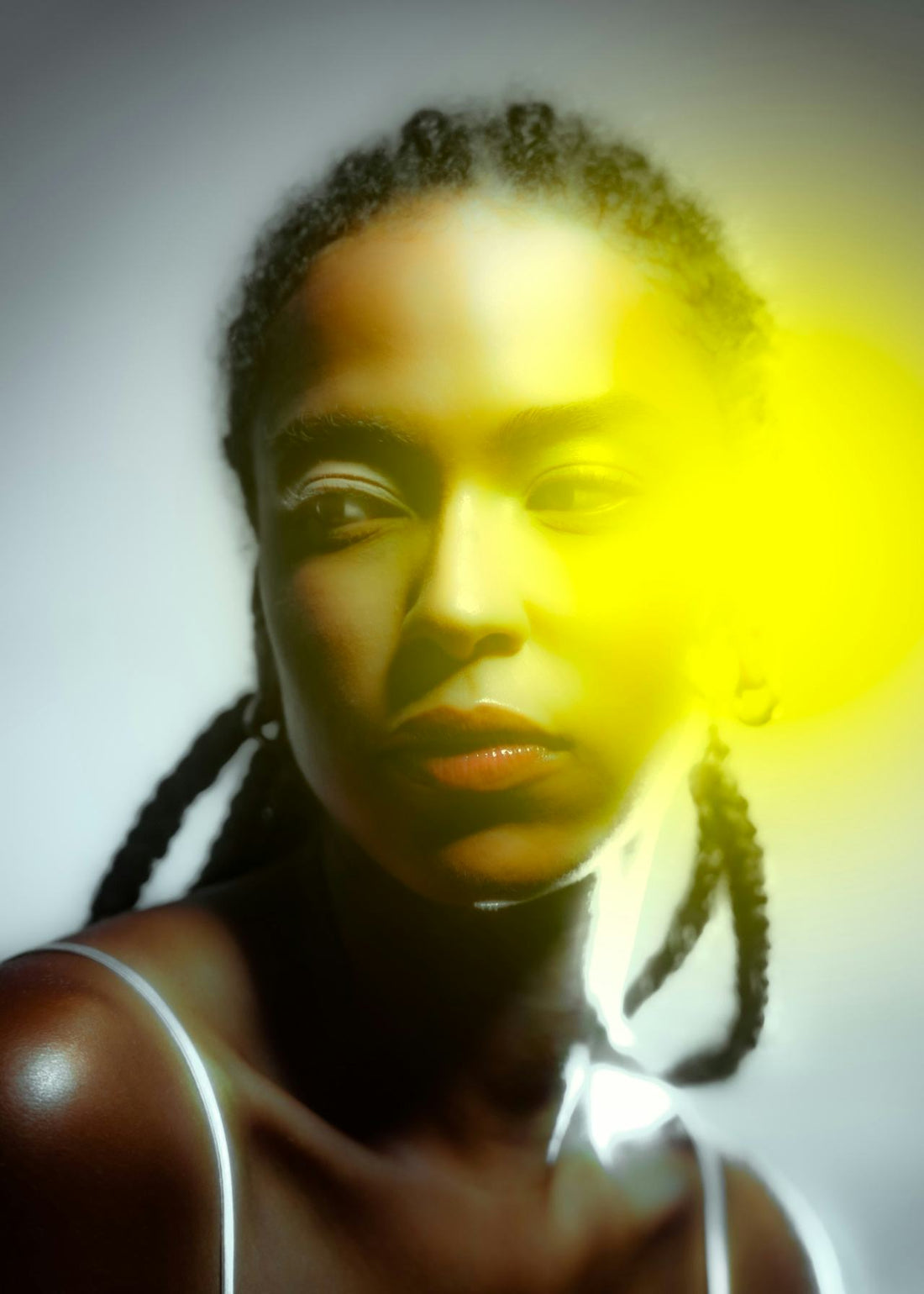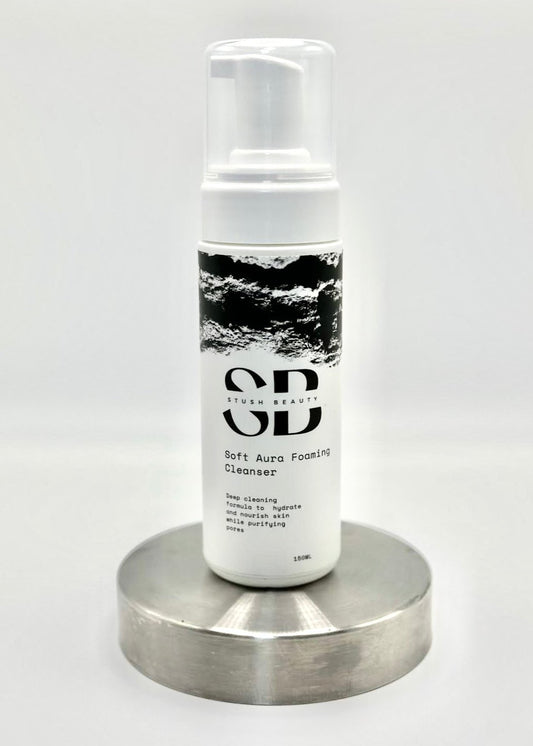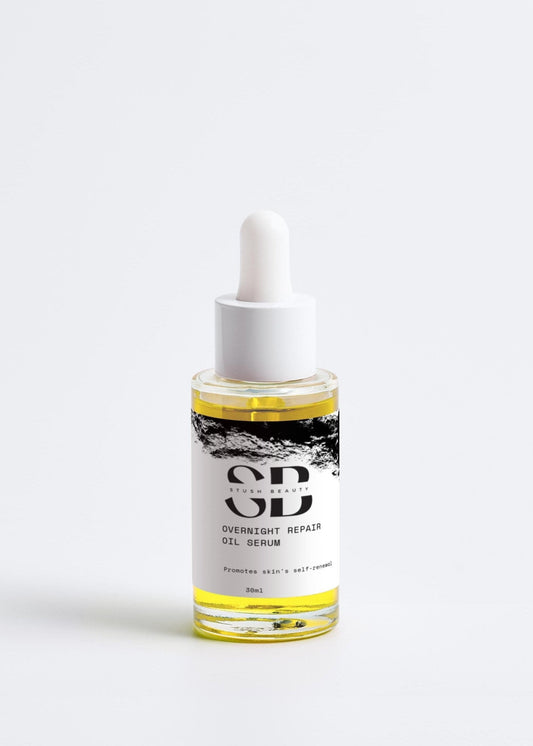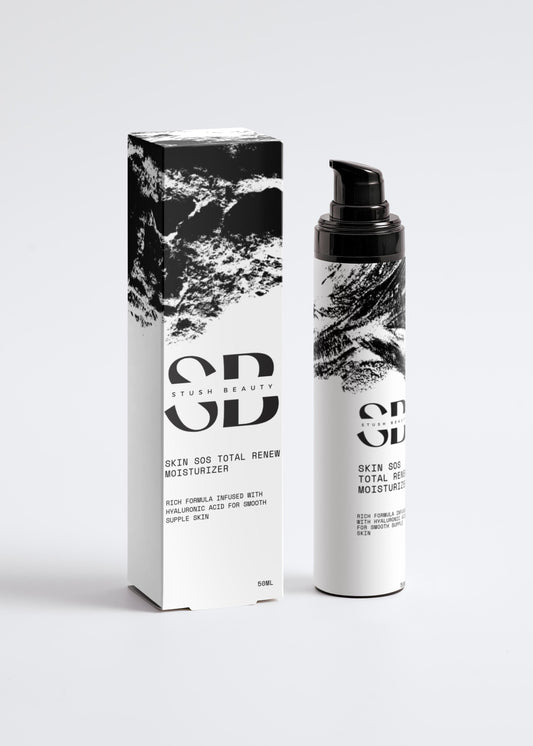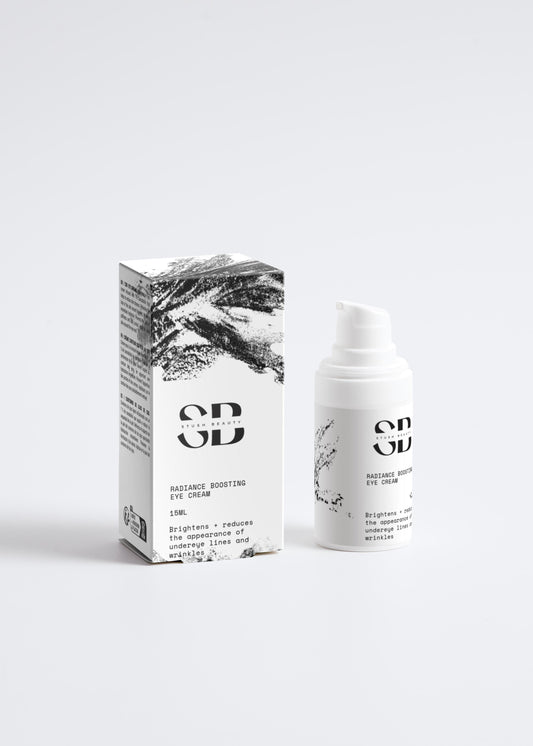Retinoids are basically skincare legends. They’re the go-to for softening fine lines, evening out your skin tone, and boosting collagen. But the world of retinoids has come a long way since classic retinol. Today, there are gentler options that promise real results without leaving your skin irritated or peeling. If your life is busy and you want something effective but manageable, understanding the differences between retinyl palmitate and newer alternatives—like retinaldehyde, HPR (hydroxypinacolone retinoate), and bakuchiol—can help you build a routine that actually sticks. This guide is designed for all skin tones, all schedules, and all slow-beauty lovers who want results that feel sustainable.
The Retinoid Family Tree: What’s What
All retinoids work by communicating with retinoic acid receptors in your skin. They boost cell turnover, stimulate collagen, and even out tone. The closer a retinoid is to retinoic acid, the stronger it is—and the more it might irritate your skin.
Tretinoin, also known as retinoic acid, is the superstar—it’s prescription-only and extremely potent, but it’s also the one most likely to make you peel, redden, or dry out. Retinaldehyde (or retinal) is just one step away and often easier to tolerate, giving noticeable results without as much fuss. Retinol sits a step further removed. When stabilized, it works beautifully, and encapsulated versions can make it even gentler. Retinyl esters like retinyl palmitate are three steps away, meaning they’re very stable but less powerful. HPR is a newer ester that binds directly to receptors, promising results with lower irritation.
Think of it like a ladder: the closer to retinoic acid, the stronger the effect—and the more you might need to ease into it.
Retinyl Palmitate: Gentle but Slow
Retinyl palmitate is one of the OG cosmetic retinoids. It’s stable, and it’s very mild. But it has to go through multiple conversion steps before it actually becomes active in your skin, so at typical cosmetic levels, it’s more like a vitamin A “reserve” than a full-on anti-aging powerhouse.
Some headlines worry about sunlight, but those are mostly based on extreme mouse studies. The takeaway for humans? Use it at night and pair with SPF during the day. Retinyl palmitate is perfect for super sensitive skin or if you’re just dipping your toes into vitamin A. But if you want firmer, brighter results, retinal or encapsulated retinol will get you there faster.
Modern Retinoid Options That Actually Work
Retinaldehyde (Retinal) is one metabolic step from active retinoic acid. It works faster than retinol and is gentle enough for melanin-rich skin, reducing the risk of post-inflammatory hyperpigmentation. Over 8–12 weeks, 0.05–0.1% retinal can visibly improve fine lines, texture, and radiance.
Encapsulated Retinol is all about controlled delivery. Encapsulation protects the retinol from light and air, releasing it slowly and reducing irritation. A 0.3% encapsulated retinol often outperforms an unstable 1% retinol, so it’s a smart, low-fuss option.
HPR (Hydroxypinacolone Retinoate/Granactive Retinoid) binds directly to retinoic acid receptors and is marketed as “retinol without the irritation.” Early studies show improvements in fine lines and texture with less irritation than traditional retinol, though more research is coming.
Bakuchiol is a non-retinoid alternative that works surprisingly well. At 0.5% twice daily, it can improve wrinkles and pigmentation almost as effectively as 0.5% retinol, without the scaling or stinging. It’s safe for sensitive skin and skin of color, though, like any natural ingredient, patch testing is wise.
Using Retinoids Safely
Retinoids make your skin more photosensitive, so nighttime application is key. During the day, SPF 30+ with UVA coverage is a must. Tinted mineral sunscreens with iron oxides are great for protecting against visible light, which is especially helpful for melanin-rich skin.
During pregnancy and breastfeeding, avoid retinoids. Bakuchiol is non-retinoid, but research is limited, so it’s safest to stick with pregnancy-friendly alternatives like azelaic acid, niacinamide, and vitamin C.
For melanin-rich or sensitive skin, start slowly: retinal or encapsulated retinol 1–3 nights per week, buffered with moisturizer, and avoid strong exfoliants until your skin is comfortable. Retinal or HPR can be easier to introduce than high-strength retinol, and pairing them with tinted sunscreen, niacinamide, and azelaic acid helps maintain an even tone.
Formulation Matters
Retinol and retinal break down when exposed to light and air. Airless, opaque, or encapsulated packaging makes a big difference. Slow-release vehicles and smart formulations also help prevent irritation. Ideal concentrations are 0.05–0.1% retinal or 0.3% encapsulated retinol. Vitamin C in the morning is fine, and niacinamide pairs beautifully with retinoids. Strong exfoliants, however, should wait until your skin is stable. And of course, sunscreen protects both your skin and your results.
Trends and Regulations
Europe has concentration caps for retinol and retinyl esters, with 0.3% retinol being common. In the U.S., the MoCRA law requires safety substantiation and adverse event reporting. Today, retinal is popular for fast results, HPR for sensitive skin, and bakuchiol for pregnancy-safe or barrier-friendly routines. Techniques like “skin cycling” and “retinoid sandwiches” remain trendy for managing irritation.
Your Melanin-Inclusive, Easy Retinoid Routine
Morning: Cleanse gently with Soft Aura Foaming Cleanser, hydrate with Niacinamide + B3 Gel Moisturizer, and protect with broad-spectrum SPF 30+ (tinted mineral if you want visible-light protection).
Evening: Pick one lane. Retinal at 0.05–0.1% 2–3 nights per week, using a moisturizer sandwich if sensitive; encapsulated retinol 0.3% on alternate nights; bakuchiol 0.5–1% nightly; or HPR as directed. Always seal with Skin SOS Moisturizer.
Weekly & Seasonal Adjustments: Use skin cycling to alternate exfoliant nights, retinoid nights, and recovery nights. In winter, dial back frequency, buffer more, and consider a humidifier. In summer, stick to night-only retinoids, avoid strong acids post-beach, and up your SPF vigilance.
Shopping Checklist
Prescription tretinoin is for maximum results if you can handle peeling. Retinal 0.05–0.1% or encapsulated retinol 0.3% works well with lower irritation. HPR or bakuchiol is beginner- or sensitive-skin friendly. For pregnancy-safe routines, skip retinoids or use bakuchiol cautiously alongside niacinamide, azelaic acid, peptides, and sunscreen. Look for airless pumps, opaque tubes, and stabilized products. Avoid jars for potent retinoids.
The Stush Beauty Edit

Soft Aura Foaming Cleanser – $34.99: Gentle, barrier-friendly cleansing.
Niacinamide + B3 Gel Moisturizer – $54.99: Hydrates while supporting dark-spot correction.
Skin SOS Moisturizer – $48.99: Aloe- and hyaluronic-rich comfort for nighttime recovery.
Final Thoughts
Retinyl palmitate is gentle, but modern options like retinal, encapsulated retinol, HPR, and bakuchiol let you choose both effectiveness and comfort. Focus on your skin barrier, introduce changes slowly, and make sunscreen non-negotiable. Remember, consistency—not intensity—is the secret to a soft-focus glow that lasts.
